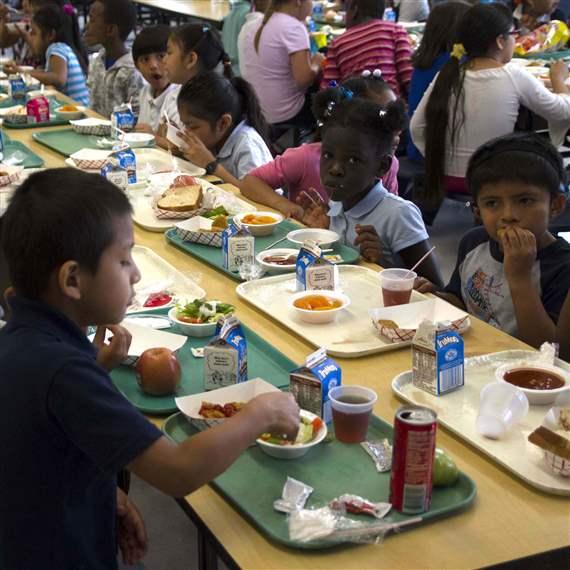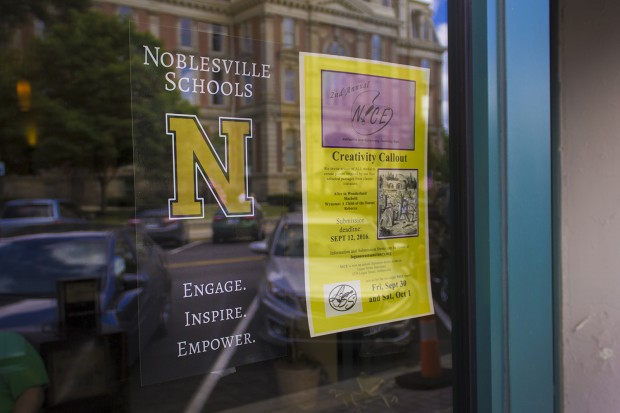In School Choice Fight, a Fresh Force Emerges | The Texas Tribune:
In School Choice Fight, a Fresh Force Emerges
Beware of AstroTurf Ed Reformers
Astroturf lobbying refers to political organizations or campaigns that appear to be made up of grassroots activists but are actually organized and run by corporate interests seeking to privatize and destroy Public Education. Such groups are often typified by innocent-sounding names that have been chosen specifically to disguise the group's true backers
*Editor's note: This story has been updated to note that Texans for Education Opportunity co-founder Stacy Hock was appointed by Gov. Greg Abbott to the Commission on Next Generation Assessments and Accountability.
An ambitious new player has emerged in the controversial effort to use taxpayer dollars to help Texas parents send their kids to private or religious schools.
Texans for Education Opportunity, whichlaunched in May, supports all forms of “school choice,” including charters and traditional public schools, said Executive Director Randan Steinhauser, an Austin-based school choice activist and public relations consultant who co-founded the nonprofit advocacy organization. But she said the group’s main goal is to get Texas lawmakers to create “education savings accounts” — a program under which the state would dole out taxpayer money directly to parents via debit card to cover approved education-related expenses, like private school tuition, tutors or homeschooling materials. About a half-dozen other Republican-dominated states, including Florida and Arizona, have already created such programs, although most of them target specific student populations, including disabled and low-income students. (Nevada is an exception, offering assistance to all students.)
Literature provided by Texans for Education Opportunity, which appears to be the first statewide organization focused solely on school choice, suggests the state offer up to $7,800 for any student pursuing an alternative schooling route. That is about 90 percent of what the state provides on average to traditional school districts per student for annual maintenance and operations, the pamphlet says.
The concept is similar to private school vouchers, in which taxpayer funds are awarded directly to schools, but it is larger in scope.
Monty Exter, a lobbyist for the Association of Texas Professional Educators, said education savings accounts are worse than vouchers because there is no good way to control how parents spend the money. The states that have implemented such programs have included no provisions that allow them to reclaim money if parents spend it on "a flatscreen TV or a bag of crack," he said.
"Who's to say that a laptop isn't an educational expenditure, but who's to say that it is? Who is going to police that?" he said. "Are we going to pay someone at the state level to monitor this program, and how much is that going to cost?"
Exter said that concern is separate from the larger one school and teacher groups have long expressed in opposing such programs — that they divert much-needed dollars away from struggling public schools.
But Steinhauser said such a program would have “the biggest benefit to families” because — unlike private school vouchers — it would empower parents to choose the option that works best for their child.
“We’re working to educate legislators on the specifics,” she said, arguing that there is rampant misinformation about how such a program would function. “We’re making sure they understand the positive impact it could have on the state of Texas and on students in their district and families in the state who are desperate for another option.”
Literature provided by Texans for Education Opportunity, which appears to be the first statewide organization focused solely on school choice, suggests the state offer up to $7,800 for any student pursuing an alternative schooling route.
The group, whose board of directors includes former U.S. Sen. Phil Gramm of Texas, has so far raised more than $100,000 from a variety of local and national organizations to fund its work, Steinhauser said. And it expects to raise hundreds of thousands more dollars through the political action committee it will form this fall to dole out campaign contributions to the state lawmakers who assist with its mission. Businesswoman and philanthropist Stacy Hock, who co-founded the group, has spearheaded fundraising. (She serves on the board of the Texas Public Policy Foundation, a conservative think tank. Earlier this year, Gov. Greg Abbott also appointed her to serve on the Commission on Next Generation Assessments and Accountability, where she serves as vice-chair.) “We’ll be supporting legislators who stand up and fight for an education savings account during the session” next year, Steinhauser said.
Creating such a program is a top priority for Lt. Gov. Dan Patrick, who has tried unsuccessfully to do so since he was a state senator. Last year, under his leadership, the Senate passed a bill that would’ve provided up to $100 million in tax credits to businesses that donated money for scholarships for school choice families. But it died in the House, where a bipartisan coalition of lawmakers has long blocked such proposals. Steinhauser said she has worked closely with Patrick since her 2013 move to Texas, where she was surprised to find that school choice initiatives weren’t further along. She had previously traveled the country lobbying for school choice legislation as national director of external affairs for the American Federation of Children, the nation’s largest school choice organization.
In addition to her new role heading Texans for Education Opportunity, Steinhauser also is an adviser for both National School Choice Week and the Friedman Foundation for Educational Choice. And she is a partner at the political and public relations consulting firm she co-founded with her husband, Brendan Steinhauser, a Texas native whose clients include U.S. Rep. Michael McCaul, R-Austin.














